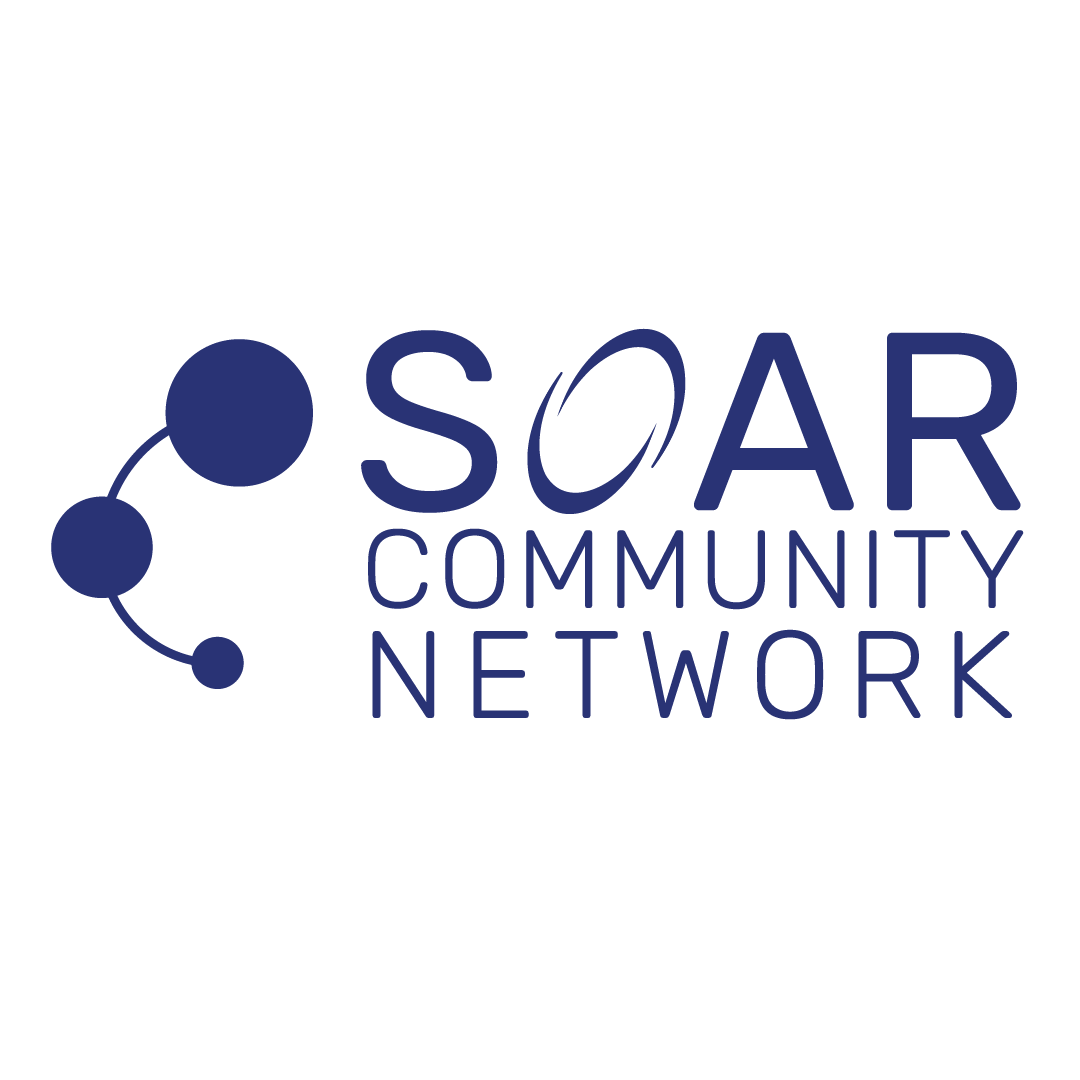Challenge:
A common issue revealed by employee experience surveys is a lack of input in decision-making processes, leading to feelings of disenfranchisement among staff. When employees feel their opinions and expertise are overlooked in decisions that affect their work, it can result in decreased motivation, lower job satisfaction, and reduced overall engagement. This disconnect not only affects individual performance but can also impact the broader organizational effectiveness and innovation.
Solution:
To effectively address these concerns, organizations can adopt strategies that encourage and facilitate greater employee involvement in decision-making processes:
- Implement a Suggestion System: Develop a structured system where employees can submit their ideas and feedback. This system should be transparent and user-friendly, ensuring that all suggestions are acknowledged and considered by the leadership.
- Inclusive Meeting Practices: Actively involve employees in decision-making meetings, especially when those decisions impact their work directly. This practice not only makes employees feel valued but also benefits the organization by leveraging diverse perspectives.
- Decision-Making Workshops: Offer training sessions that educate employees about the decision-making processes within the organization. These workshops can help demystify the criteria and processes used in making decisions at various levels, showing employees how they can effectively contribute.
Action:
Organizations looking to implement these solutions can follow a structured approach, integrating behavioral insights and performance management tools:
- Assess Current Practices: Use tools like the Behavioral Insights and Performance Management solution to analyze current decision-making mechanisms and behaviors and identify areas where employee input is lacking.
- Plan and Implement Changes: Based on the insights gained, develop and deploy changes that incorporate more collaborative decision-making practices. This could involve revising meeting structures, creating new channels for feedback, and ensuring diverse teams are represented in decision-making forums.
- Train and Empower: Provide training to all employees on the new processes and systems. Ensure everyone understands how to use the suggestion system and what is expected in decision-making meetings.
- Monitor and Iterate: Continuously monitor the effectiveness of these changes through regular surveys and feedback mechanisms. Use the data collected to refine and improve the processes, making adjustments as necessary to ensure that the system remains effective and responsive to the needs of the employees.
By taking these steps, organizations can transform their decision-making processes into more inclusive, transparent, and effective practices. This not only enhances employee engagement but also drives better business outcomes through improved innovation and commitment.

